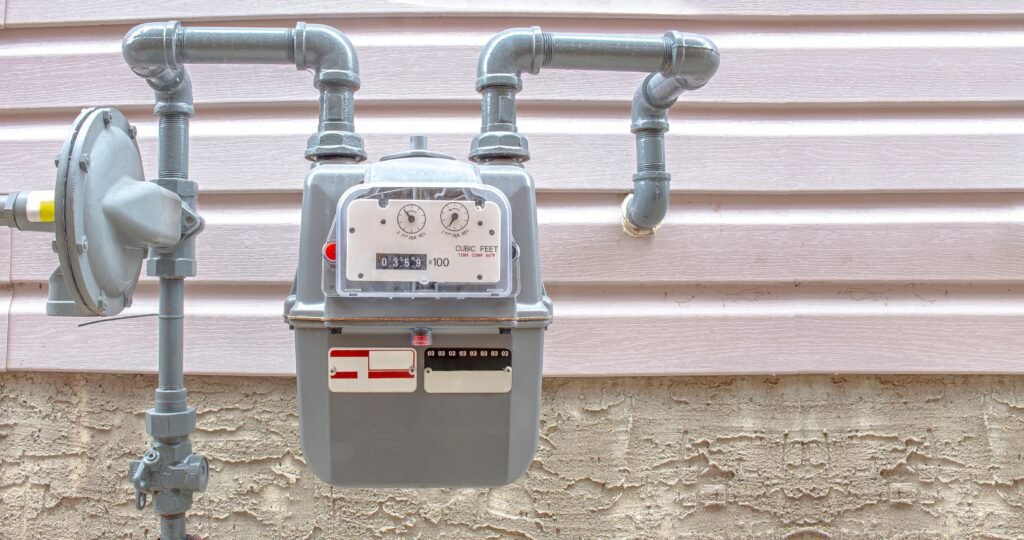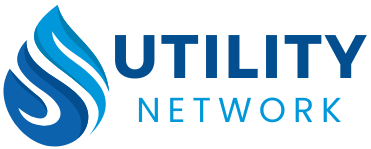Start Gas Connection Services
Starting a gas connection involves setting up access to a natural gas supply for residential, commercial, or industrial properties. The process ensures the safe installation of gas pipelines, meters, and other infrastructure, while adhering to safety and regulatory standards.
Application Process
- Submit Application: The first step is to apply for a new gas connection with the local gas distribution company or utility provider. Applications can usually be submitted online, by mail, or at a service center.
- Required Documentation:
- Proof of identity (e.g., national ID, passport).
- Proof of ownership or rental agreement for the property.
- Building permit or occupancy certificate (for new constructions).
- Site or property layout for large commercial or industrial connections.

Site Inspection
- Site Visit by Utility Provider: After the application is submitted, a gas company representative inspects the property to:
- Assess the feasibility of connecting the property to the existing gas network.
- Identify the nearest gas supply point.
- Plan the route for gas pipelines and meters.
- Evaluate safety measures required for the property.
Cost Estimation
- Connection Costs: After the site visit, the gas company provides a cost estimate, which may include:
- Pipeline installation fees (from the main gas line to the property).
- Meter installation charges.
- Infrastructure extension costs (if the property is far from the main gas supply).
- Security Deposit: Some companies may require a security deposit depending on the type of connection and estimated gas consumption.
Technical Planning
- Designing the Gas Supply Network: The utility company prepares a technical plan for installing pipelines, meters, and regulators. This plan ensures the connection adheres to local building and safety codes.
- For Residential Properties: Basic gas connections typically involve laying a pipeline to the property, installing meters, and connecting the internal gas system to the supply.
- For Commercial or Industrial Properties: Larger, more complex systems may require additional infrastructure, such as high-capacity pipelines, multiple meters, or pressure regulation systems.
Pipeline and Meter Installation
- Pipeline Installation: The utility company installs pipelines connecting the property to the gas main supply. This may involve digging trenches for underground pipes or running lines along existing infrastructure.
- Gas Meter Setup: The utility installs a gas meter at the property to measure consumption for billing purposes.
- Internal Piping: The property owner or a licensed gas contractor is responsible for setting up internal piping, which distributes the gas from the meter to appliances such as heaters, stoves, and water heaters.
Safety Checks and Compliance
- Leak Testing: The gas utility company performs tests to check for leaks in the system and ensure that the pipeline and meters are installed correctly.
- Regulatory Compliance: The installation must comply with local gas safety standards and building regulations. Inspectors ensure all necessary safety devices, such as regulators and shut-off valves, are in place.
- Certification: Once the system passes all tests, a compliance certificate is issued, allowing the gas connection to be activated.
Gas Supply Activation
- After all safety checks and installations are completed, the utility company activates the gas supply.
- User Guidelines: Customers are typically briefed on how to safely use gas appliances, monitor the meter, and handle emergencies such as leaks.
Billing and Payment
- Metered Billing: Customers are billed based on gas usage, as recorded by the meter. Bills are typically generated monthly or quarterly.
- Payment Options: Utilities offer various payment options, including:
- Online payments through apps or websites.
- Bank transfers or direct debits.
- In-person payments at authorized locations.
Ongoing Maintenance and Support
- Utility Maintenance: The gas company is responsible for maintaining pipelines and meters up to the property. Customers are responsible for maintaining internal pipes and appliances.
- Customer Support: Gas companies offer ongoing support for billing, gas supply issues, and emergencies such as gas leaks or outages.
Special Considerations
- Rural Areas: In some regions, connecting properties far from the main gas network may require additional infrastructure, leading to higher costs and longer installation times.
- Gas Safety: Customers may be advised to install carbon monoxide detectors and emergency shut-off valves to enhance safety, especially if gas is used for heating.
- Temporary Connections: Temporary gas connections may be available for construction sites or events that require a short-term gas supply.
- Government Subsidies: In some areas, subsidies or rebates may be available for low-income households or energy-efficient installations.
Disconnection and Reconnection
- Disconnection: If a customer no longer requires the gas service, they can request disconnection. The gas company may also disconnect service for non-payment or safety violations.
- Reconnection: If gas service was disconnected, the customer can apply for reconnection, which may involve paying outstanding balances and reconnection fees.

